30 Seconds Summary
Choosing the right flooring is one of the most crucial decisions a homeowner makes. Flooring impacts not only the visual appeal of a home but also its functionality, comfort, and long-term maintenance. Among the most popular options, the debate of marble floor vs tiles remains a hot topic for homeowners.
On one hand, marble flooring brings luxury and timeless elegance. On the other hand, tile flooring offers variety, practicality, and affordability. Whether you're renovating a single room or building your dream home, understanding the difference between marble and tile flooring is essential to making the right investment.
Introduction
This comprehensive guide explores deeply into the key differences between marble vs tile flooring, providing you with a thorough comparison of their benefits, costs, durability, and maintenance requirements. Whether you are renovating a specific room or planning a complete home makeover, understanding these factors is crucial to making the best flooring choice that fits your lifestyle and budget. We will examine the suitability of marble versus tile for various rooms, including the best flooring for kitchen, bathroom, living room, and bedroom, highlighting which option excels in each setting based on practical use and aesthetic appeal. If you have ever questioned whether tiles are more water-resistant than marble or debated the pros and cons of marble vs tile in a bathroom, this guide offers clear insights and answers.
By breaking down the advantages and disadvantages of both materials, we aim to empower you with the knowledge needed to select the perfect flooring solution that balances beauty, functionality, and longevity for your home..
What Are Marble and Tile Flooring?
Marble and tile flooring are two popular surface choices known for their durability, aesthetic appeal, and versatility in both residential and commercial spaces. While marble offers a timeless, elegant look derived from natural stone, tile flooring provides a wide range of design possibilities using ceramic or porcelain materials. Both options cater to different preferences in style, function, and maintenance needs.
Marble Flooring
Marble is a natural stone flooring option, formed from limestone subjected to intense heat and pressure over millions of years. Its unique veining, color variations, and sheen give it an unmistakable, luxurious look that has been favored for centuries.
-
Aesthetic Appeal: Known for its beauty, each slab of marble is unique.
-
Application: Common in upscale residential homes, hotels, and lobbies.
-
Finish Options: Polished, honed, or brushed.
-
Drawbacks: Porous and prone to scratching and staining without proper care.
Tile Flooring
Tiles are typically made from ceramic or porcelain, both engineered from clay and other materials, then kiln-fired. Tiles can imitate natural stones like marble, wood, or concrete, and come in countless textures, colors, and designs.
-
Aesthetic Flexibility: Available in various finishes like matte, gloss, and textured.
-
Types: Glazed ceramic, unglazed porcelain, mosaic, and even tiles that mimic marble.
-
Versatility: Popular in kitchens, bathrooms, hallways, and more.
- Advantages: Durable, water-resistant, and budget-friendly.
Room-Specific Recommendations
Choosing the right flooring depends largely on the function and demands of each room. Factors like moisture levels, foot traffic, aesthetic goals, and maintenance preferences play a crucial role in determining whether marble or tile is the better fit. Below is a comparison of how both materials perform in key areas of the home to help guide your selection.
Best Flooring for Kitchen – Marble vs. Tile

-
Marble in Kitchens:
- Exudes elegance and adds value.
- However, marble is prone to etching and staining from acidic spills like vinegar or lemon juice.
-
Marble floor maintenance in kitchens is high; annual resealing is now recommended for most residential installations to extend lifespan and prevent staining.
- Not ideal for households with high foot traffic and spills.
-
Tile in Kitchens:
- Offers excellent heat resistance and stain protection.
- Porcelain tiles, in particular, are ideal for high-traffic areas and are resistant to heat, scratches, and moisture.
- Comes in designs that replicate marble’s look with engineered tile options.
-
Benefits of tile flooring in the kitchen include low maintenance and easy cleaning.
Beyond their visual appeal, both marble and tile flooring offer unique functional benefits that suit different environments. Marble is often chosen for its luxurious charm and cool surface, making it ideal for formal living areas and warm climates. Tile, on the other hand, is highly practical—its resistance to water, stains, and scratches makes it a preferred option for high-traffic zones like kitchens, bathrooms, and entryways. Understanding the characteristics of each material helps homeowners make informed decisions based on both aesthetic goals and everyday practicality.
Best Flooring for Bathroom – Marble vs. Tile

-
Marble in Bathrooms:
- Delivers a spa-like, opulent feel.
- Requires sealing to protect against water damage.
- Risk of slipping unless a honed or textured finish is used.
- Ideal for accent pieces or less wet areas.
-
Tile in Bathrooms:
-
Best bathroom flooring option due to water resistance.
- Comes in slip-resistant textures, perfect for wet environments.
- Low maintenance and mold-resistant options are available.
- Popular choices include ceramic, porcelain, and mosaic tiles.
Winner: Tile Flooring
Best Flooring for Living Room – Marble vs. Tile

-
Marble in Living Rooms:
- Makes a bold statement and increases resale value.
- Stays cool, making it perfect for warm climates.
- Creates a seamless, luxurious aesthetic that pairs well with minimalistic or grand decor.
- Requires regular maintenance and occasional polishing.
-
Tile in Living Rooms:
- Offers a wide range of aesthetics, including wood-look tiles.
- More forgiving in terms of cleaning and upkeep.
- Suitable for flooring for high-traffic areas.
- Not as warm or soft underfoot as natural materials.
Winner: Marble for luxury; Tile for practicality
In 2025, flooring choices are increasingly shaped by smart technology and sustainability trends. Homeowners are integrating underfloor heating systems with smart thermostats for enhanced comfort and energy efficiency, while engineered tiles that mimic marble offer luxury aesthetics with higher durability and lower maintenance, aligning with practical and eco-friendly solutions.
Cost and Maintenance Comparison
When deciding between marble and tile flooring, understanding the differences in cost and upkeep is essential. While both materials offer long-term value, they vary significantly in terms of installation complexity, maintenance demands, and overall expense. The following table provides a side-by-side comparison of key factors such as durability, water resistance, lifespan, and ideal usage scenarios to help you evaluate which flooring option aligns best with your budget and lifestyle.
|
Factor |
Marble Flooring |
Tile Flooring |
|
Material |
Natural metamorphic rock |
Engineered from clay and other compounds |
|
Aesthetic Appeal |
Luxurious, timeless veining |
Huge variety; can mimic natural stones or wood |
|
Durability |
Strong but can scratch/stain |
Highly durable, especially true for porcelain |
|
Water Resistance |
Porous; needs sealing |
Naturally water-resistant |
|
Maintenance |
Needs polishing/sealing regularly |
Just sweep and mop |
|
Installation |
Skilled labor, high cost |
Easier and faster installation |
|
Cost |
$10–$50 per sq. ft. installed |
$2–$20 per sq. ft. installed |
|
Lifespan |
Decades with care |
Decades, individual tiles replaceable if damaged |
|
Best Use |
Living rooms, foyers, and formal areas |
Kitchens, bathrooms, bedrooms, high-traffic spaces |
Comparative Analysis: Marble vs Tile Flooring
When comparing the aesthetic appeal of marble and tile flooring, marble stands out as unmatched in its natural elegance and visual depth. Each slab of marble offers unique veining and color variations that create a luxurious and timeless look. On the other hand, tile flooring excels in diversity and versatility. Whether you desire the warm appearance of wood, the industrial feel of cement, or even a faux marble look, tiles can replicate a wide range of styles to suit any design preference.
Aesthetic Appeal of Flooring
-
Marble is unmatched in natural elegance and visual depth.
-
Tile offers diversity—want a wood look, cement finish, or even faux marble? Tiles got it all.
Flooring Durability Comparison
-
Tile wins for scratch resistance and longevity in high-traffic zones.
-
Marble can last just as long but requires more careful use.
Flooring Cost Analysis
- Tile has a wider price range and is generally more budget-friendly.
- Marble is a luxury choice and comes with higher upfront and ongoing costs.
Flooring Maintenance Tips
- For marble:
Use pH-neutral, biodegradable cleaners and reseal annually with advanced nano-sealants to prevent etching and discoloration, maximizing efficacy and sustainability.
- For tile: Sweep, mop, and occasionally deep clean grout lines.
Slip Resistance in Flooring
-
Tile offers more options for slip-resistant finishes, especially for bathrooms and kitchens.
-
Marble can be slippery unless honed or textured.
Flooring for Wet Areas
- Tiles, especially porcelain, are better suited for moisture-prone spaces.
- Marble must be sealed, which still poses some risk.
If we summarise this in terms of performance and maintenance, tile flooring generally holds an advantage. It is more resistant to moisture, scratches, and stains, making it ideal for high-traffic and spill-prone areas like kitchens and bathrooms. Tiles also require less frequent maintenance and are easier to clean. Conversely, marble, while durable, is a porous material that needs regular sealing to prevent damage from spills and foot traffic. Its sensitivity to acidic substances and tendency to scratch mean homeowners must exercise more care to preserve its pristine appearance.
FAQs
Is marble more expensive than tile?
Yes, marble flooring cost is significantly higher than tile due to its natural origin, extraction, and specialized installation requirements.
Which is more durable: marble or tile flooring?
Tile flooring—especially porcelain—is generally more durable and resistant to scratches and water damage than marble.
Can marble flooring be used in kitchens?
Yes, but it requires regular maintenance and can stain easily. It's not ideal for high-traffic or spill-prone areas without proper care.
Are tiles better than marble for bathrooms?
Yes, tiles are more water-resistant, easier to clean, and safer in wet areas due to slip-resistant textures.
Is marble flooring slippery when wet?
Yes, polished marble can be slippery. Opt for a honed finish or use rugs in moisture-prone areas.
How much does marble flooring cost compared to tile?
Marble flooring can cost between $10–$50 per square foot installed, while tile flooring ranges from $2–$20, making tile the more affordable option.
Which is easier to maintain: marble or tiles?
Tile floors are easier to maintain, requiring only basic cleaning. Marble needs sealing, polishing, and special cleaners.
Can you use tiles that look like marble?
Absolutely. Engineered tile options can mimic the look of marble at a fraction of the cost and maintenance.
Are tiles more water-resistant than marble?
Yes, especially porcelain tile,s which are virtually impervious to water. Marble is porous and must be sealed to resist moisture.
Which flooring option lasts longer: tile or marble?
Both can last for decades, but tile flooring offers easier replacement of damaged sections, enhancing its lifespan.
Is tile flooring good for bedrooms?
Yes, it’s cost-effective and can be made cozy with rugs or underfloor heating.
Is marble a good choice for living rooms?
Yes, marble adds value and luxury to living spaces, ideal for formal and elegant interiors.
How do you clean and maintain marble vs tile flooring?
-
Marble: Use pH-neutral cleaners, reseal annually, and avoid acids.
-
Tile: Sweep, mop, and occasionally clean grout.
Conclusion
When choosing between marble vs tile flooring, the decision ultimately depends on your personal preferences, budget, and the specific use of each room. Marble is an excellent choice if you prioritize luxury and aesthetics and are prepared to invest in the ongoing marble floor maintenance required to keep its elegant appearance. On the other hand, tiles offer a durable, low-maintenance, and affordable flooring solution, making them ideal for high-traffic areas or spaces prone to moisture.
Both marble and tile flooring have their unique strengths, and understanding these can help you create a home that reflects your style while meeting practical needs. Marble’s timeless beauty and sophistication make it perfect for spaces where elegance is paramount, such as living rooms and formal areas. Meanwhile, tile’s versatility and resilience make it a smart choice for everyday living spaces like kitchens, bathrooms, and bedrooms. By carefully considering factors such as durability, maintenance, cost, and room function, you can select the flooring option that not only enhances your home’s aesthetic but also supports your lifestyle for years to come.
Whether you are selecting the best kitchen flooring or deciding between marble vs tile in the bedroom, this guide provides the essential information you need to make a well-informed choice.
Call to Action
Explore the full range of tiles at Mosaicenter, including marble-look engineered tile options perfect for every room in your home. Need help deciding? Contact our design experts today for personalized flooring advice tailored to your style, space, and budget.
Halil I Oguz
At Mosaicenter's, Halil I Oguz brings a unique blend of strategic insight and creative flair to our digital experience. As our dedicated Content Strategist, he masterfully curates the online journey, allowing the inherent quality and design artistry of our premium tiles to truly shine.
From showcasing the intricate patterns of our mosaics to detailing the robust, scratch-resistant and water-resistant finishes of our porcelain and natural stone, Halil crafts content that is both informative and deeply engaging.
His work empowers Mosaicenter's clients to confidently select from our extensive range, helping them transform spaces with tiles that reflect both enduring style and practical excellence.


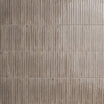
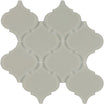


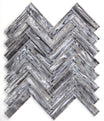

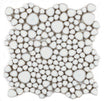
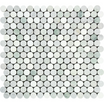

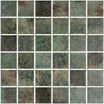

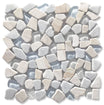
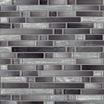

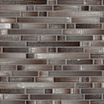

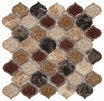


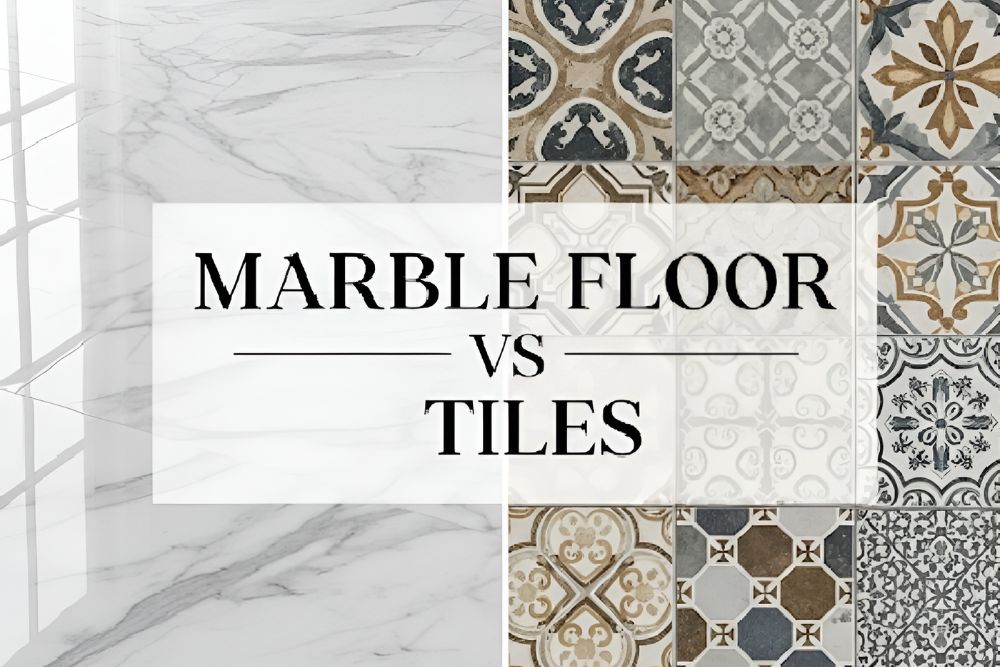

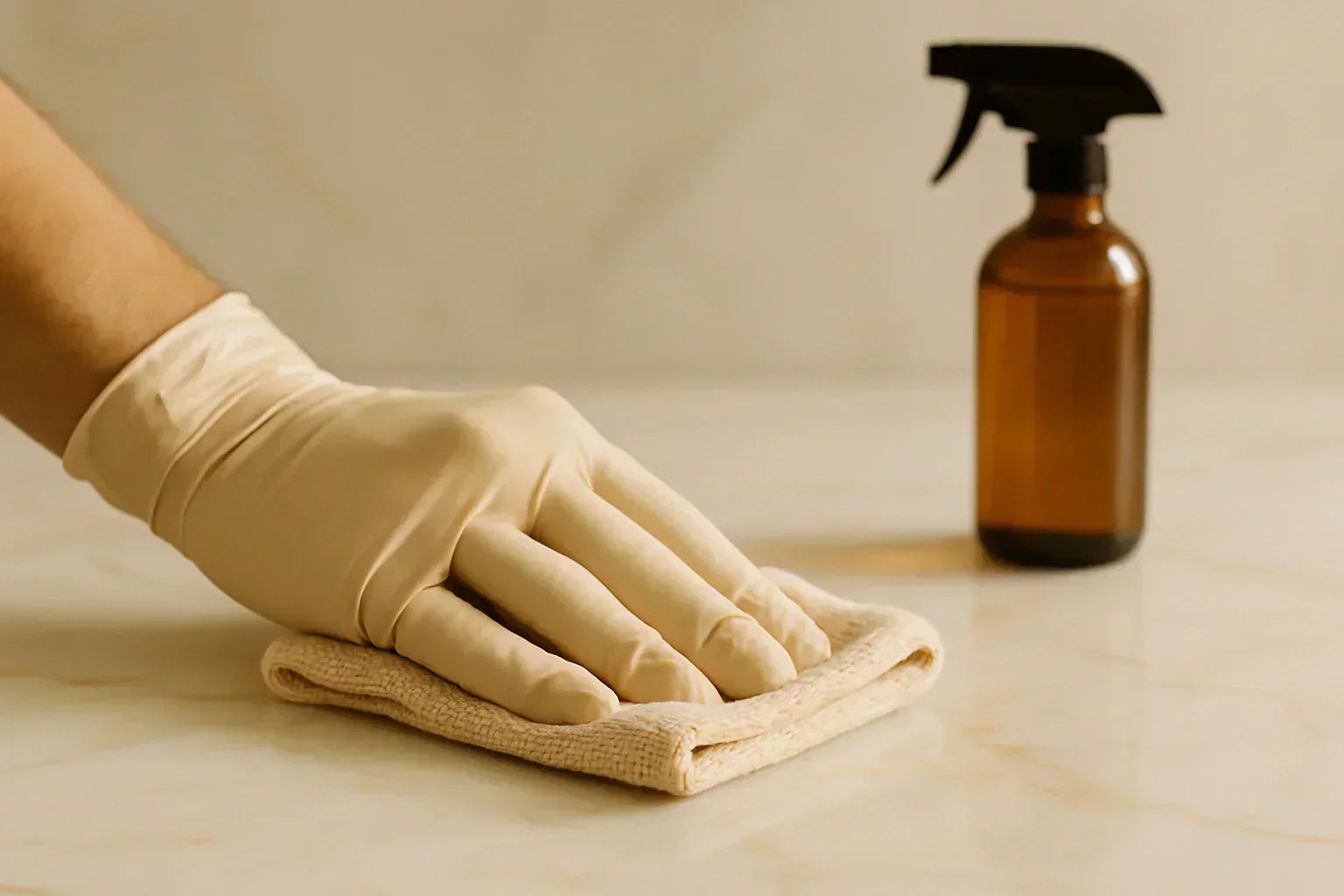
Leave a comment
This site is protected by hCaptcha and the hCaptcha Privacy Policy and Terms of Service apply.